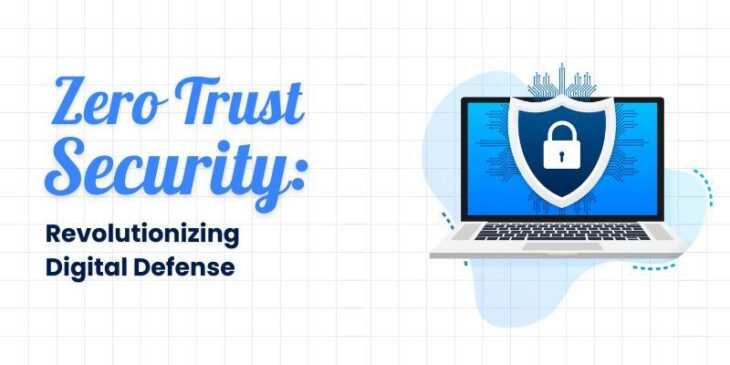
Picture a company’s information as a wealth repository. Traditionally, the company would build a very high wall (firewall) around it to keep all the data safe. And anyone inside the wall could access the repository freely.
Zero trust Security flips this idea upside down. It assumes everyone inside also as a potential threat, even the employees. So, rather than having a single wall, it requests continuous verification for everyone trying to access the repository, regardless of their location. They have to prove their identity and why they need to access the repository each time.
This constant verification and restricted access (only providing access to who’s required) makes it much tougher for attackers to steal information, even if they breach the system.
*The GTA leaks compromised by the Lapsus group is one example where a lack of zero-trust security caused millions of loss.
Zero trust security can be achieved using a variety of technologies like, multi-factor authentication, identity and access management (IAM), and data encryption.
Here are some of the advantages of having zero trust security in your infrastructure:
- Enhanced security posture: By continuously verifying users and devices, zero trust security makes it more difficult for attackers to access sensitive data.
- Improved agility: Zero trust security is just right for modern tech environments where users and devices are constantly moving between different locations and networks.
- Enhanced compliance: Zero trust security can help organizations comply with data privacy regulations.
Find out how an AI-powered content research and copywriting platform achieved end-to-end zero-trust security.



